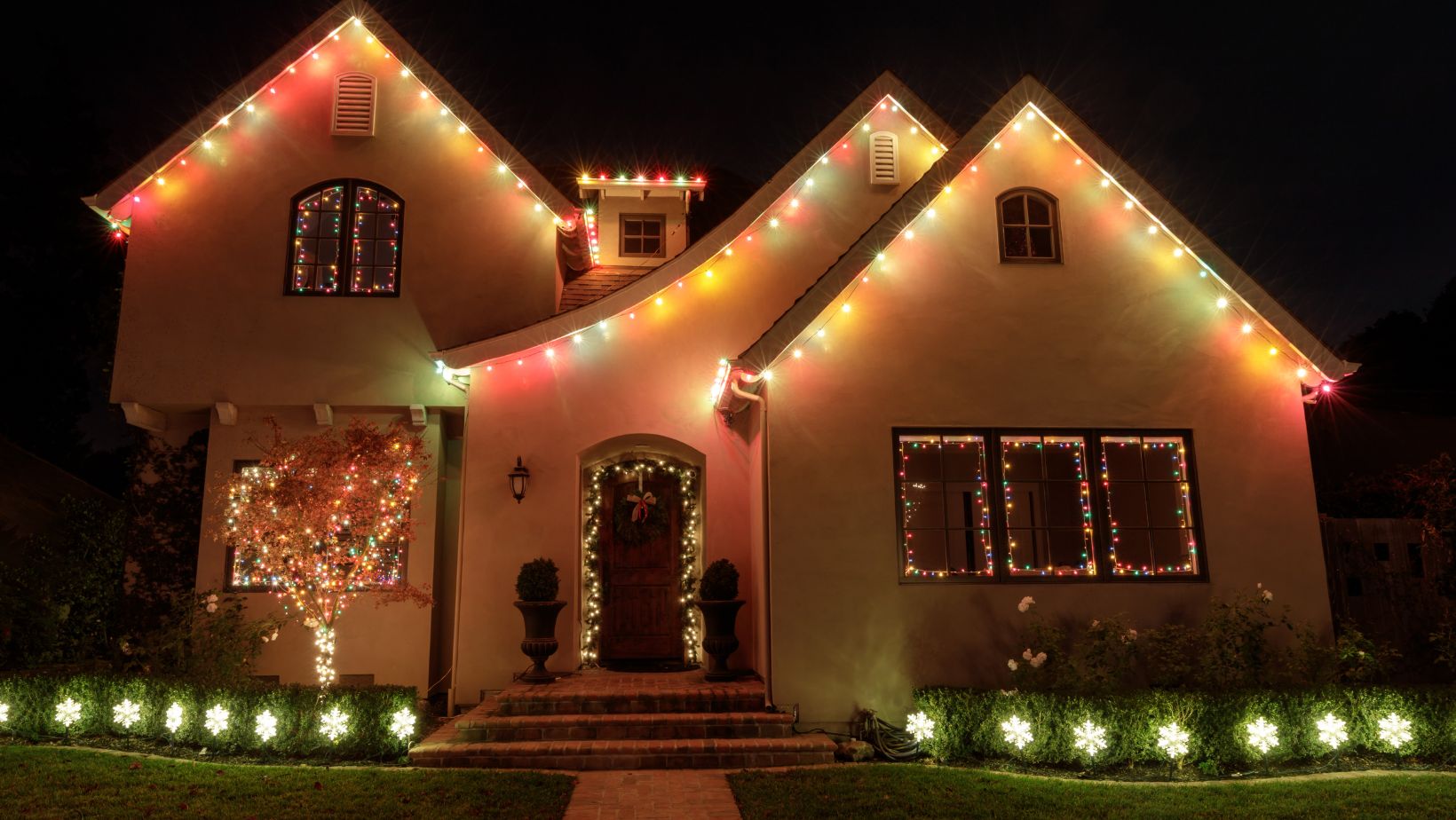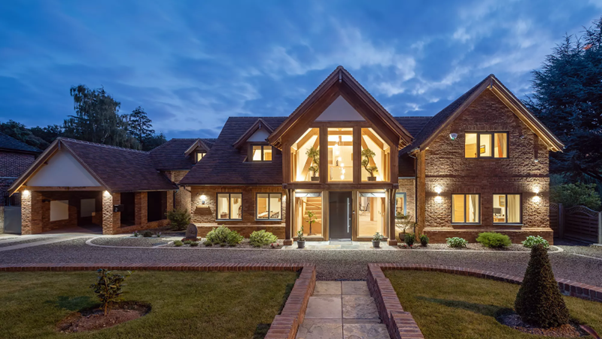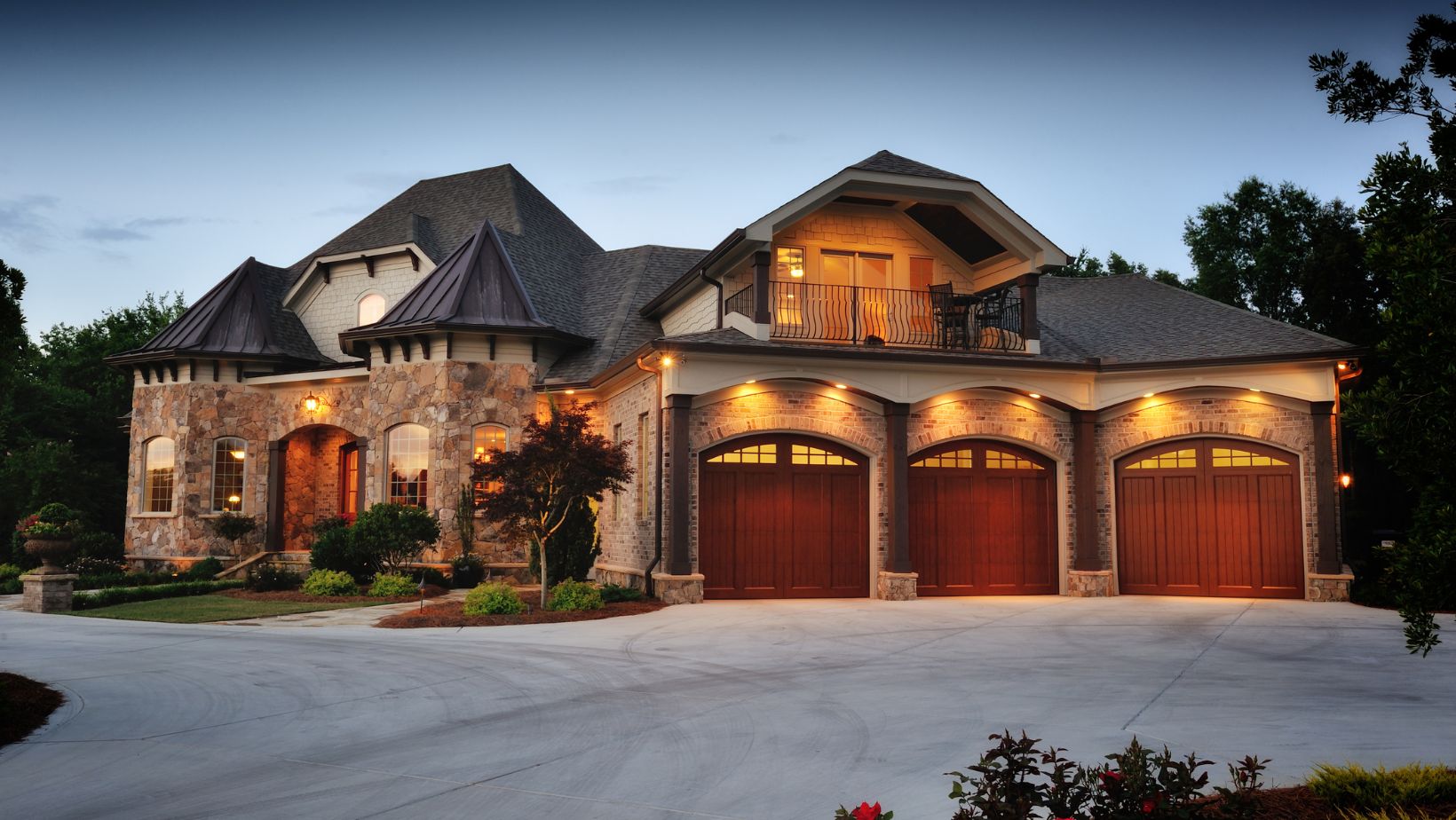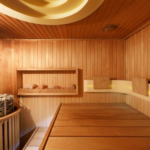First, you need to decide what task the lighting will perform. Is it decorative – highlighting the strengths of the appearance, hiding flaws? Or functional – providing necessary visibility in the dark. And if you get bored at the dacha in bad weather, the Melbet apk will come to the rescue. This bookmaker has a large selection of sporting events to bet on every day.
5 most common mistakes in facade lighting
When creating facade lighting independently, it’s easy to make mistakes and get a result far from your expectations.
Here are examples:
- Chaotic illumination of the facade without observing symmetry in the placement of lighting fixtures.
- Getting a large number of bright light spots instead of uniform illumination.
- Glare from window openings, blinding people.
- Rapid failure of lighting. Reasons: choosing products from unreliable manufacturers, inadequate level of moisture protection, lamps’ instability to low and high temperatures.
- Using lighting fixtures with different shades of white light. The resulting lighting picture looks extremely disharmonious and unaesthetic.
What equipment is needed
For facade lighting, professionals use various lighting equipment, including the following lighting materials:
- LED floodlights and fixtures. They can be monochromatic or use RGB technology to change color.
- Console fixtures with metal halide lamps. These are relatively rarely used for facade lighting nowadays.
- Gas discharge (fluorescent) lamps.
- Floodlights for DRL lamps.
- LED strips and garlands. Gone are the days when garlands were only used to decorate Christmas trees. In modern design, garlands with various effects are widely used.
When it comes to organizing architectural lighting for a country house, there can be four types
Which one you choose is up to you.
Flood Lighting: This is created with lighting around the perimeter of the house, directing light from top to bottom. Floodlights and powerful fixtures with diffusers are used for this purpose to avoid discomfort. It’s better suited for houses with unique architecture; for regular houses, it’s rarely used and is more common in shopping centers and cultural objects.
Accent Lighting: This is used when attention needs to be drawn to details, parts of the facade, key features of the building, such as balconies, columns, cornices, molding, and other decorative elements. Soft diffuse light fixtures are required for this, such as LED projectors of neutral colors.
Dynamic Lighting: This is created for bright, memorable lighting. However, it’s better to involve professionals for such projects as they are quite expensive and complex. Nevertheless, it looks festive and unusual, so it’s worth considering. It utilizes floodlights, spotlights, LED strips, etc. Dynamic lighting for a private house can change color and brightness, shifting depending on conditions.
Contour Lighting: As the name suggests, this is created to highlight the contour of the building, roof, arches, and other architectural elements, giving the house a new look in the dark, sometimes even more attractive than during the day. This effect can be achieved with LED strips and garlands. Contour lighting is particularly relevant for creating a New Year atmosphere.
Rules and Principles of Country Facade Lighting
To ensure that the result obtained is not disappointing but pleasing, adhere to the following principles when installing facade lighting:
- Construction-wise, it should be as simple and reliable as possible.
- Energy-efficient consumption is one of the most important requirements.
- It must comply with all safety standards.
- Provision for repair and restoration of damaged sections should also be considered.
- The system should operate automatically and be controlled from a single point.
- A “smart” lighting system for facade lighting is necessary to avoid running around the house and yard searching for switches.

Finally, regarding the luminaires themselves intended to work outdoors, there are also mandatory requirements without which effective operation is impossible. They must have high mechanical strength to withstand various outdoor conditions such as strong winds, rain, and snow. It’s also beneficial if they are protected against accidental damage by impact-resistant diffusers. The luminaire body should be corrosion-resistant.
Outdoor luminaires should have a high level of dust and moisture protection, denoted by the IP rating. The optimal rating for outdoor lamps is considered to be IP54. High thermal resistance is also necessary so that the luminaire continues to function even on hot summer days under direct sunlight. All elements of facade lighting should operate seamlessly in any weather conditions – rain, fog, snowstorm – meaning they should have good light output.







